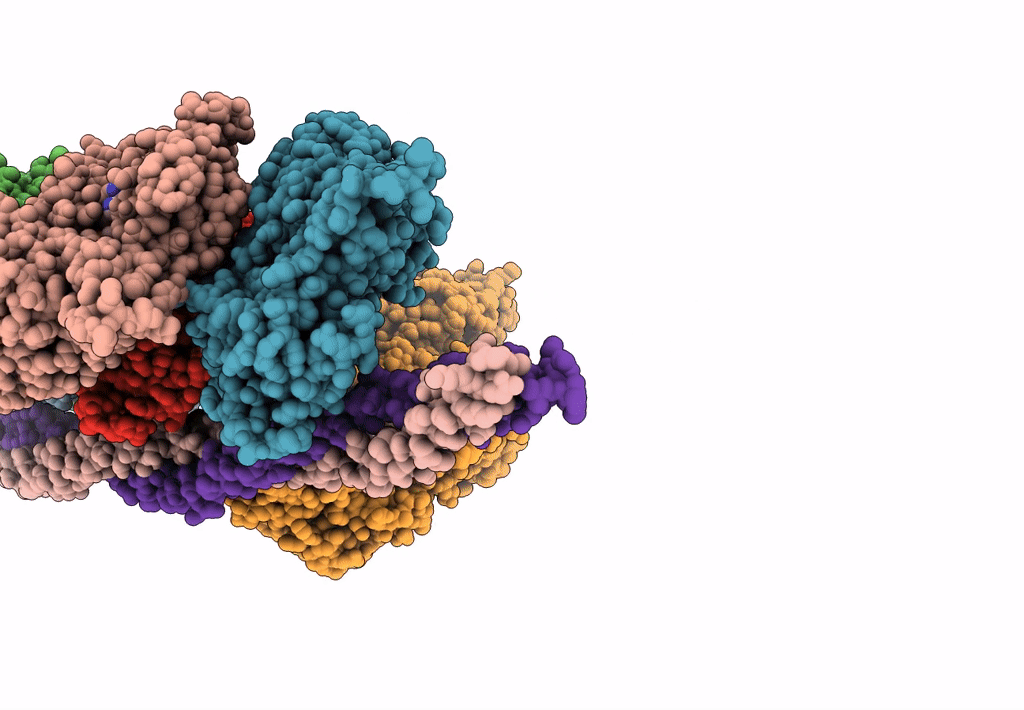
Deposition Date
2022-09-29
Release Date
2022-11-23
Last Version Date
2024-06-19
Entry Detail
PDB ID:
8ENC
Keywords:
Title:
Helical reconstruction of the human cardiac actin-tropomyosin-myosin loop 4 7G mutant complex
Biological Source:
Source Organism:
Homo sapiens (Taxon ID: 9606)
Sus scrofa (Taxon ID: 9823)
Sus scrofa (Taxon ID: 9823)
Host Organism:
Method Details:
Experimental Method:
Resolution:
3.60 Å
Aggregation State:
FILAMENT
Reconstruction Method:
HELICAL


